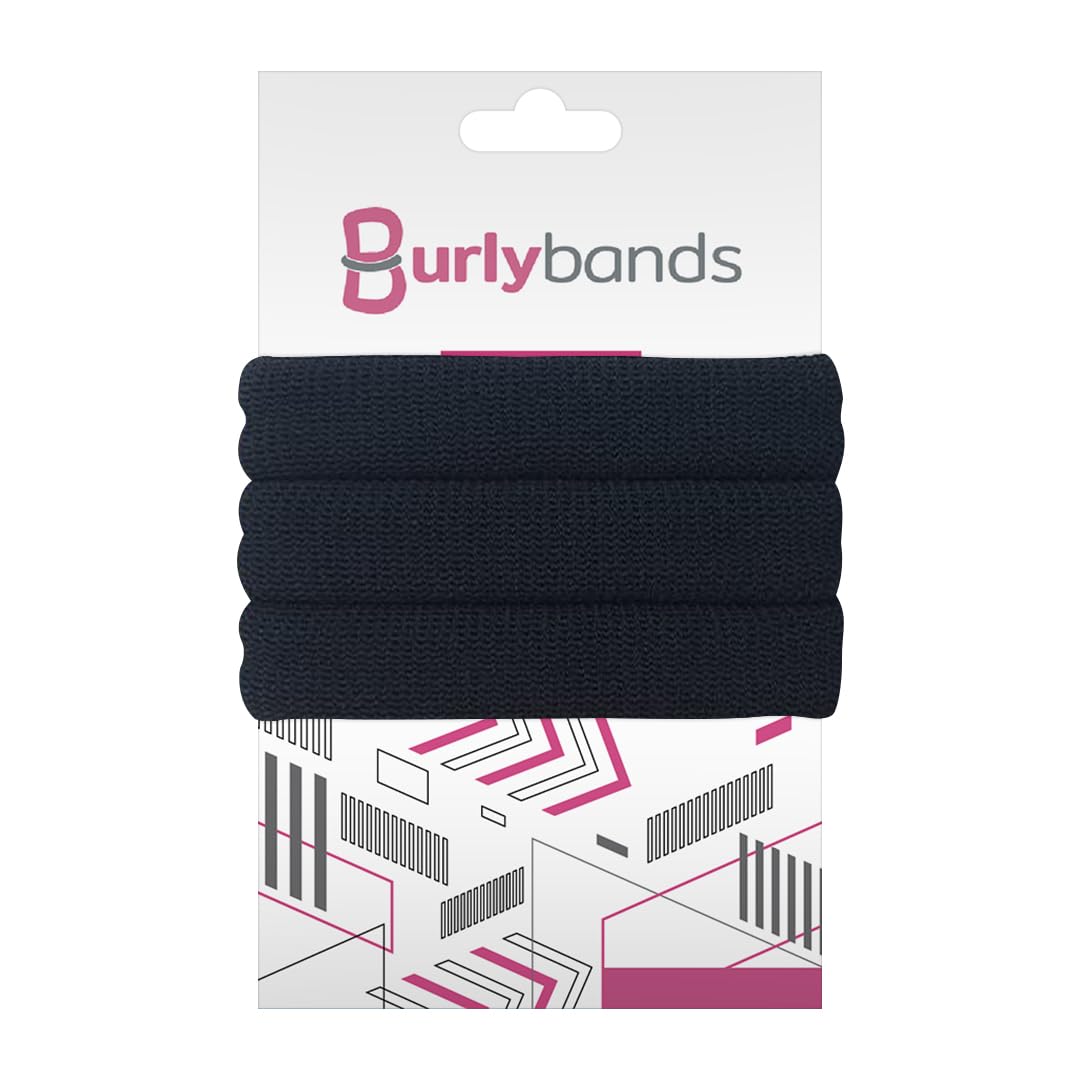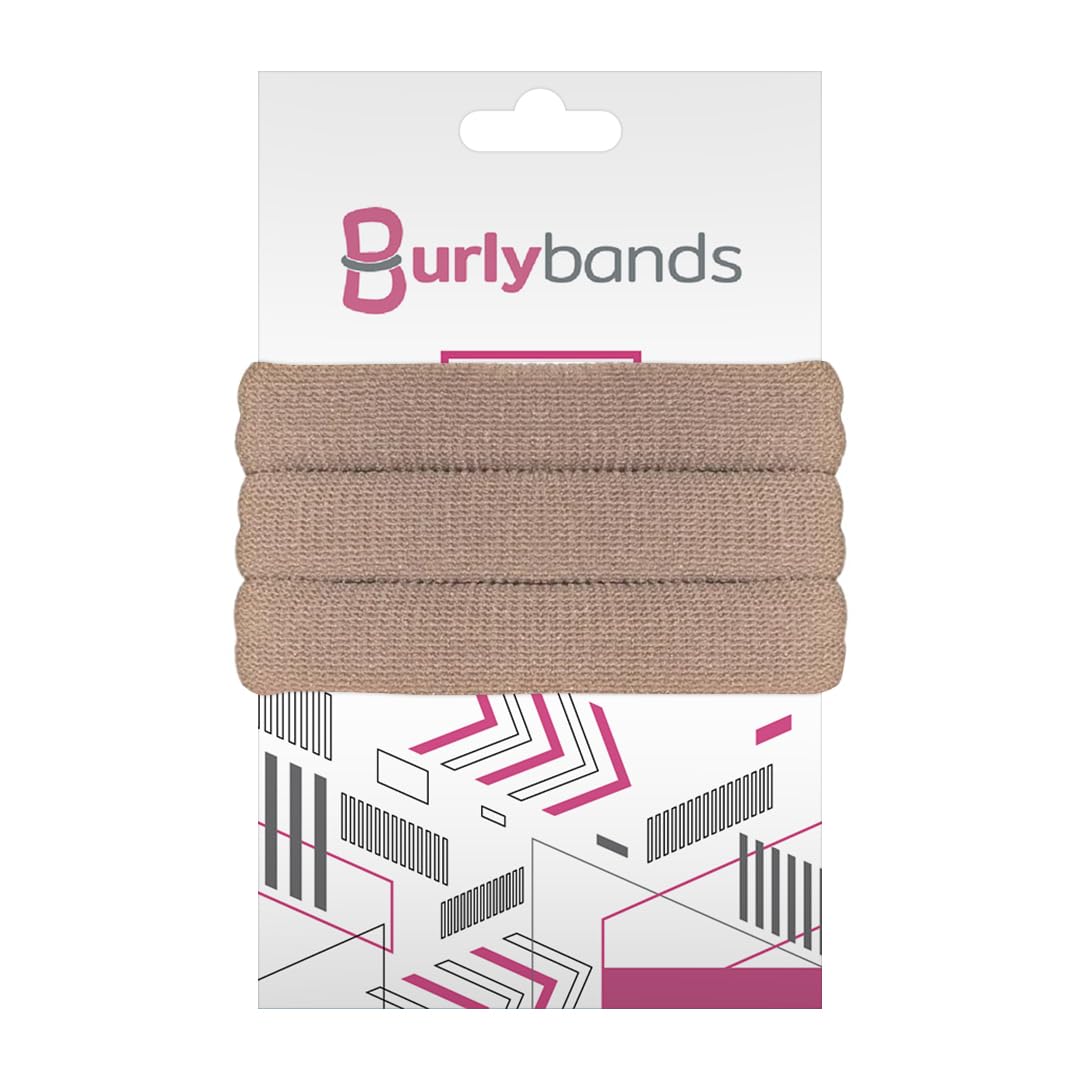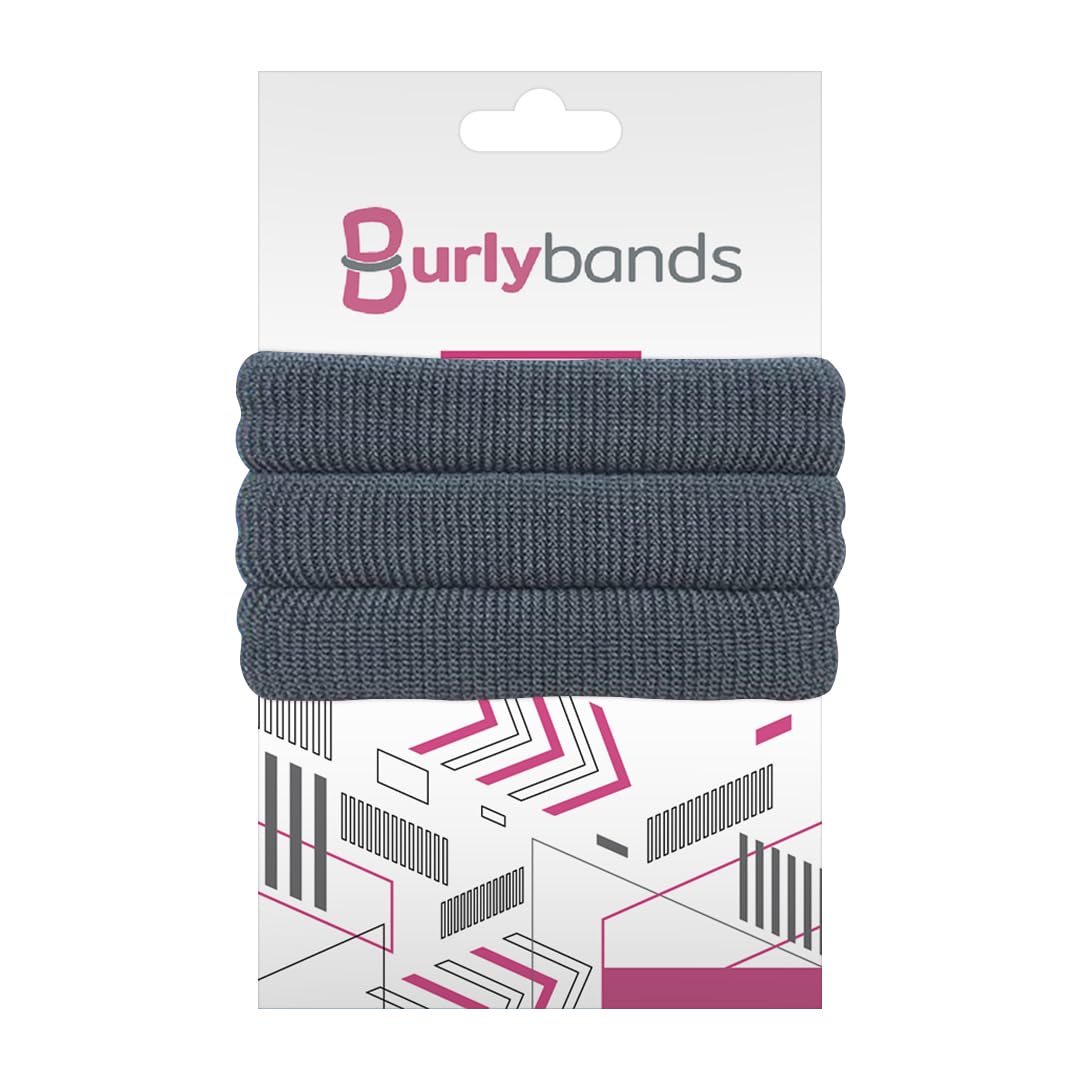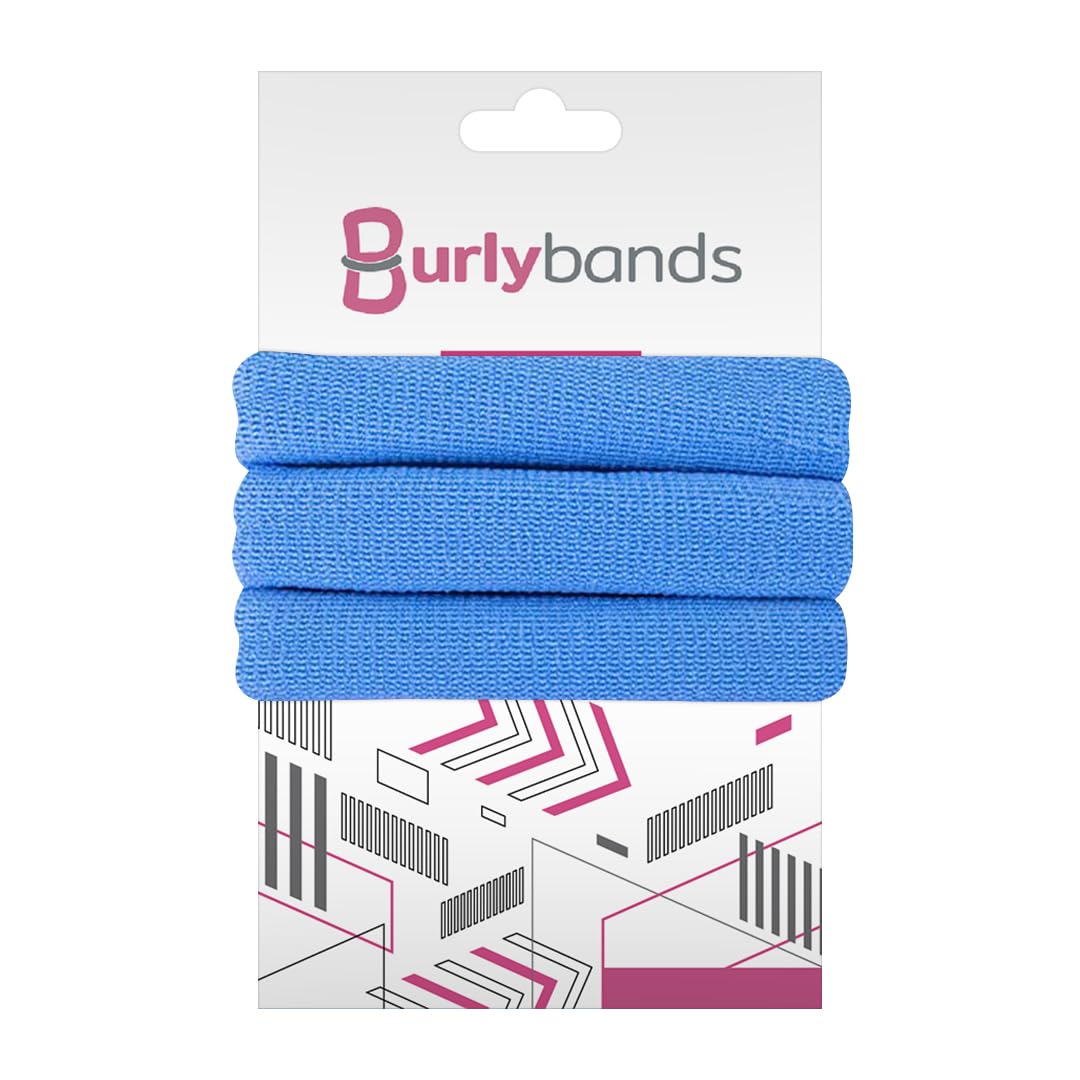Did you know that around 40% of women and 85% of men see noticeable hair loss by age 50? Losing hair is something that many of us worry about, but there are other clues too. Recognizing these signs early can help you manage hair thinning better. In this guide, we'll dive into these signs and share tips to address them.
What Are the Early Signs of Hair Thinning?
Credit: Envato Elements/ Paulynn072
Here are some signs to watch out for when you suspect your hair is thinning:
- There appears to be more hair than normal on your brush, in the shower, or on your pillow.
- Your center part seems wider than before or you can see more of your scalp through your hair.
- Men may observe a receding hairline, particularly in the temple area. Women might notice their hairline becoming less defined.
- Your hair may become finer and more fragile.
- Your hair seems to be growing more slowly than usual.
The Different Cycles of Hair Growth
Credit: Envato Elements/ YuriArcursPeopleImages
Hair typically grows in a cycle with three phases:
Anagen Phase (Growth Phase)
This is the active growth phase of hair. During this phase, hair grows around half an inch every month. Depending on genetics and other variables, this phase can continue anywhere from 2 to 7 years.
Catagen Phase (Transition Phase)
This is a short transition phase that lasts about 2 to 3 weeks. During this phase, hair stops growing and detaches from the blood supply. The hair follicle then shrinks and prepares for the next phase.
Telogen Phase (Resting Phase)
This is the resting phase of the hair cycle. This phase lasts about 3 months. During this period, the old hair rests while new hair begins to grow underneath it. At the end of this phase, the old hair falls out, and the new hair emerges from the follicle, starting the cycle over again.
Exogen Phase (Shedding Phase)
Some experts consider the exogen phase as a separate phase from the telogen phase. At this point, the older hair finally starts to come out and shed. During this stage, 50 to 100 hairs per day are typically lost. Anything more is considered hair loss or hair thinning.
Types of Hair Loss in Men and Women
Credit: Envato Elements/ YouraPechkin
Hair loss in women can happen for various reasons. Here are the most common types:
Androgenetic Alopecia (Female Pattern Hair Loss or Male Pattern Hair Loss)
Androgenetic Alopecia or Male/ Female Pattern Hair Baldness is the most common type of hair loss. It typically starts with thinning at the part line, followed by increasing diffuse hair loss radiating from the top of the head. Genetics and hormones play a significant role in this type of hair loss.
Telogen Effluvium
This occurs when a large number of hair follicles enter the resting (telogen) phase simultaneously. This sudden hair loss can be triggered by stress, illness, drastic weight loss, or physical or emotional shock. It leads to thinning all over the scalp rather than isolated bald spots.
Alopecia Areata
This is an autoimmune disease where the immune system attacks hair follicles. It causes hair to fall out in small, circular spots. It can impact the scalp and other body areas.
Traction Alopecia
This temporary hair loss is caused by constant pulling or tension on the hair. Hairstyles like tight ponytails, braids, or extensions can lead to traction alopecia. If caught early and the tension is relieved, the hair can regrow.
Anagen Effluvium
Anagen effluvium is hair loss that occurs during the growth (anagen) phase of the hair cycle. It is often caused by exposure to toxins, such as chemotherapy drugs.
Scarring Alopecia (Cicatricial Alopecia)
This is an uncommon illness that causes scar tissue to grow in place of hair follicles. This leads to permanent hair loss. It can be caused by inflammatory skin conditions and is often diagnosed with a scalp biopsy.
Nutritional Deficiencies
Hair loss can also be caused by a lack of vital nutrients. Thinning hair may result from deficiencies in iron, protein, and other vitamins and minerals.
Hormonal Changes
Hormonal changes, such as those caused by thyroid issues or anabolic steroids, can lead to hair loss in men. In women, it's caused by pregnancy, menopause, or thyroid issues as well.
How to Treat Hair Thinning in Men and Women
Credit: Envato Elements/ shotprime
Here are some common ways to treat hair loss for both men and women:
Medications: You can try out Minoxidil (Rogaine). This is applied directly to the scalp. Alternatively, you can also use Finasteride (Propecia). This is a prescription medication that is taken orally by men. It is not recommended for female hair loss.
Hair Transplantation Surgery: This hair loss treatment involves moving hair follicles from one area of the scalp to the balding or thinning areas. This is typically used for male pattern baldness but can be an option for female pattern baldness too.
Laser Therapy: Low-level laser therapy (LLLT) can increase hair growth and reduce thinning. This treatment is available through devices like combs, helmets, or caps and can be used by both men and women.
Medicated Shampoos: Medicated shampoos like Ketoconazole can reduce scalp inflammation, and dandruff and regrow lost hair. It's available over the counter and by prescription.
Supplements: Consider taking supplements that contain biotin, iron, zinc, and other essential nutrients to encourage healthy hair growth.
Reduce Stress: High amounts of stress can lead to hair thinning. Practice yoga, meditation, and regular exercise.
Avoid Tight Hairstyles: For alopecia traction, avoid tight ponytails or braids, or other hairstyles that tug on the hair.
Summary
Are you noticing early signs of hair thinning? Understanding these signs is key to proactive management.
Introducing Burlybands hair ties – crafted for durability and comfort, they gently secure your hair without pulling or snagging. Shop with us today.
 Log in
Log in


















